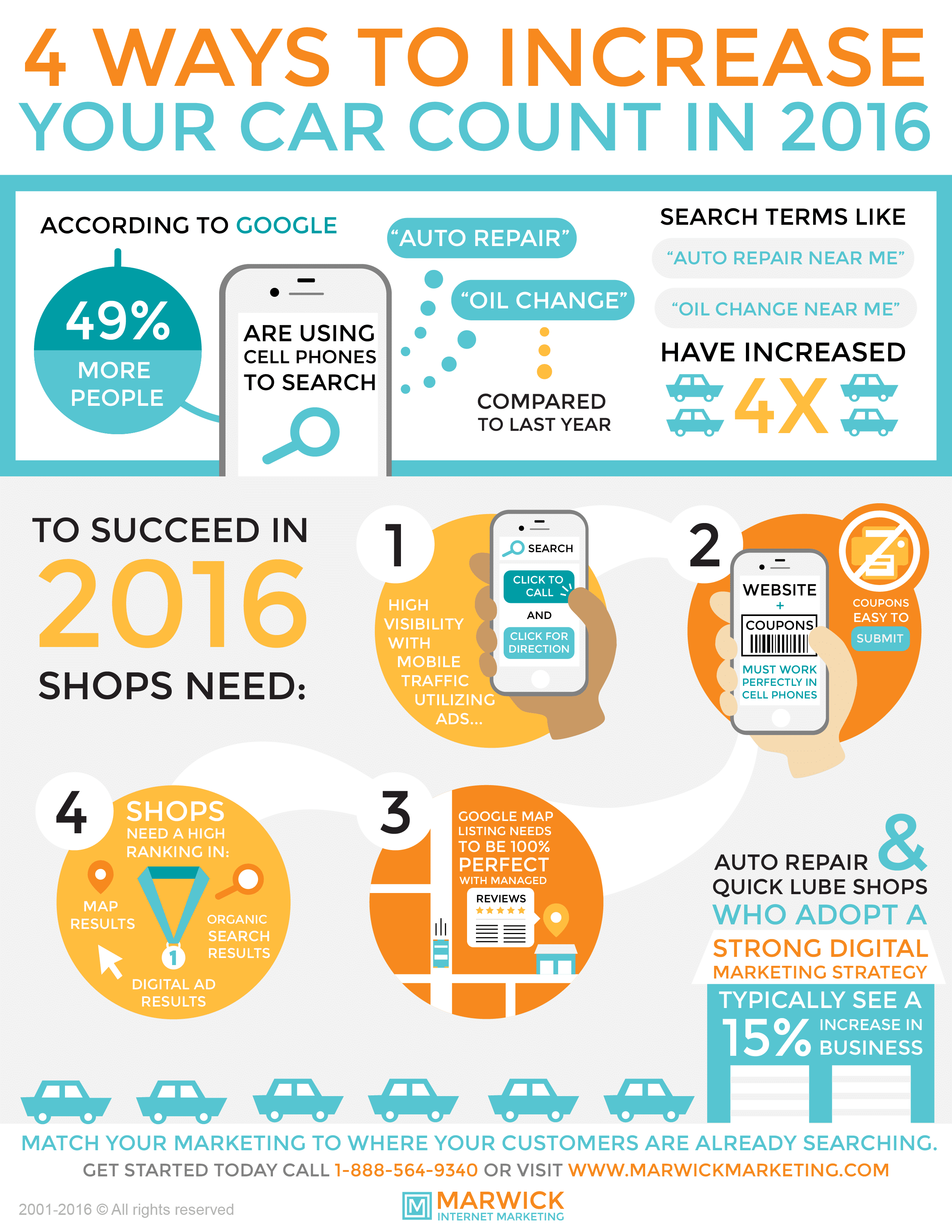Curious Concerning Those Dashboard Warning Lights In Your Vehicle? Figure Out What They Mean For Your Vehicle'S Health And Safety
Curious Concerning Those Dashboard Warning Lights In Your Vehicle? Figure Out What They Mean For Your Vehicle'S Health And Safety
Blog Article
Content Writer-Lauritsen Gilbert
When you lag the wheel, those beautiful caution lights on your control panel can be a little bit bewildering. Do you know what they're trying to tell you about your auto's health and wellness? Comprehending the significance of these lights is vital for your safety and the long life of your vehicle. So, the following time one of those lights turns up, would not you want to decode its message accurately and take the necessary steps to resolve it?
Common Caution Lighting and Interpretations
Recognize usual caution lights in your car and comprehend their definitions to make sure secure driving.
One of the most regular warning lights consist of the check engine light, which signals issues with the engine or discharges system. If this light begins, it's crucial to have your vehicle inspected quickly.
The oil stress advising light shows low oil pressure, calling for prompt attention to stop engine damages.
https://remapecumotor84061.slypage.com/30726320/looking-to-discover-the-premier-auto-repair-shop-in-your-area-find-out-about-the-leading-10-ideas-that-will-certainly-enable-you-to-make-an-experienced-decision flashing battery light might suggest a defective billing system, possibly leaving you stranded otherwise dealt with.
The tire stress surveillance system (TPMS) light informs you to low tire stress, impacting vehicle stability and gas efficiency. Overlooking this could cause dangerous driving conditions.
The abdominal muscle light indicates a problem with the anti-lock braking system, jeopardizing your capacity to quit swiftly in emergencies.
Finally, the coolant temperature level advising light warns of engine getting too hot, which can cause extreme damage otherwise resolved quickly.
Understanding these typical caution lights will assist you attend to issues immediately and maintain safe driving conditions.
Value of Prompt Attention
Recognizing the typical caution lights in your car is just the primary step; the importance of without delay addressing these cautions can not be highlighted sufficient to guarantee your safety when traveling.
When a caution light illuminates on your dashboard, it's your vehicle's method of communicating a potential problem that needs focus. Disregarding these cautions can lead to more extreme problems in the future, compromising your safety and possibly costing you much more in repairs.
https://www.autoserviceworld.com/hamilton-discount-auto-parts-celebrates-20-years/ to warning lights can avoid break downs and crashes. As an example, a flashing check engine light might suggest a misfire that, if left ignored, could create damage to the catalytic converter. Addressing this promptly can save you from a costly repair work.
Similarly, a brake system alerting light could indicate reduced brake fluid or worn brake pads, critical parts for your safety and security when driving.
Do It Yourself Troubleshooting Tips
If you discover a caution light on your control panel, there are a few do it yourself troubleshooting suggestions you can attempt prior to looking for professional help.
The primary step is to consult your automobile's manual to understand what the certain warning light indicates. Sometimes the problem can be as easy as a loosened gas cap causing the check engine light. Tightening the gas cap might resolve the trouble.
Another typical problem is a reduced battery, which can cause numerous warning lights. Checking the battery links for rust and ensuring they're protected may repair the problem.
If a warning light continues, you can try resetting it by separating the cars and truck's battery for a few mins and afterwards reconnecting it. Additionally, inspecting your automobile's liquid degrees, such as oil, coolant, and brake liquid, can aid troubleshoot advising lights related to these systems.
recommended , comprehending your vehicle's caution lights is necessary for keeping your automobile running smoothly and safely. By quickly resolving these signals and knowing what they mean, you can avoid expensive repairs and prospective break downs.
Remember to consult your vehicle's guidebook for specific details on each cautioning light and take action accordingly to guarantee a hassle-free driving experience.
Remain informed, stay safe on the road!
